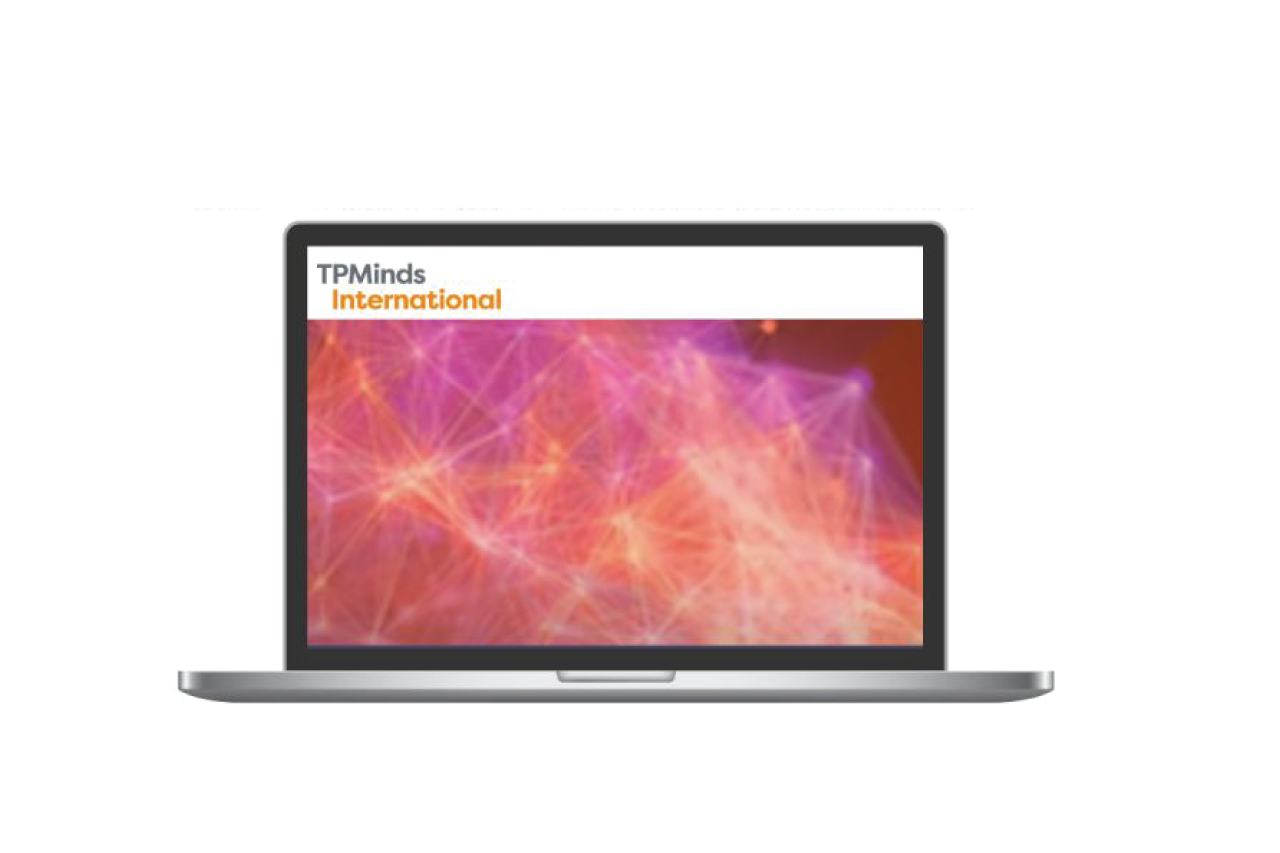ktMINE recently had the opportunity to participate in the 2020 TP Minds International conference and we want to share our takeaways from the panels. After four days of panels with ideas from experts around the globe – it’s clear that while the world has been forced to slow down, the transfer industry remains active. There was a definite focus on BEPS Pillar 1 & 2 and the impacts of the COVID-19 pandemic, there were some significant insights regarding intercompany agreements, the role of data/technology within tax, and the abundance of data that could be public about your company.
If you follow our Chief Operating Officer, John Wiora, on LinkedIn he shared his thoughts on several topics throughout the conference. Regarding intercompany agreements, he had the following to say,
“Outside of the uncertainty of what Pillar 1 and 2 will bring and how COVID-19 will impact transfer pricing, tax, and future audits, a key takeaway revolved around intercompany agreements. What is becoming abundantly clear and talked about more than in past years, is how important a company’s intercompany agreements are to them. When structured properly, it can give the flexibility to make adjustments and to operate as businesses need.” Read the full post here.
A common theme across the panels with corporate transfer pricing teams was the need to appropriately structure their intercompany transactions. With increased scrutiny, this adds focus to a contract’s structure alongside the comparability of a royalty. COVID-19 has highlighted the benefits of appropriately structured intercompany agreements when effectively drafted, companies can better adapt to economic conditions. For example, many are learning the value of force majeure clauses and termination fees as a means to restructure their agreements as many entities may be operating at a loss. These challenges mean it is imperative to easily dissect full-text third party agreements to ensure your contracts are designed at arm’s length.
In order to address this challenge, ktMINE developed the Paragraph View tool. Powered by an industry-leading 123,000+ full-text agreements, users can easily filter specific clauses for quick review, saving hours of research time.
Additionally, the panels examined the abundance of internal agreements that could be used for comparability analysis. But, that there’s difficulty in accessing these contracts due to limitations of internal document retrieval systems. A possible solution to these challenges would be the union of tax, data, and technology. This leads to a significant reduction in hours spent searching for data and insights gained from entirely new research methods. On the marrying of Tax and Technology, our COO says,
“Another takeaway from TP Minds International, it is becoming clear that a new position/skill/capability is needed within transfer pricing teams and that is the role of a data analyst. These professionals offer the ability to manipulate and analyze large datasets to digest internal and external data to support your TP position.” Read the full post here.
Working with data and technology experts that understand tax creates unique opportunities previously unavailable. Being at this intersection, we’ve helped many researchers answer previously unknown questions and designed company internal document retrieval tools. Having built our company with an amalgamation of transfer pricing thought leaders, technology experts, and data enthusiasts – we’re best positioned to assist with these matters.
An additional point to the internal data a company has at its disposal is the abundance of publicly available data that could be used for or against them. The digitalization of the economy and globalization of industries has led to more data being available than ever before. This data can be scattered or unrefined, a handful of technology firms have taken steps to aggregate and distill this information into actionable platforms. Access to this data becomes invaluable as public information can often be either a detriment or an advantage depending on your awareness. Meaning that there may be millions of data points available (known) to the public that you may be unaware of (unknown). If you follow me on LinkedIn you may have seen this post,
“Regarding the exchange of information, it can be reasonable to assume that anything shared outside of an MNE may make its way to the public domain. This data is an Unknown Known and not knowing what you have visible in the public domain could leave you exposed.”
At ktMINE, we have aggregated agreements, patents, trademarks, and IP transfers based on a company’s corporate tree to provide transparency in what’s publicly available.
With all the changes and challenges happening in today’s world, ktMINE is constantly innovating to make data more accessible. During the last year, we’ve been hard at work improving our platform to drastically expedite the research process. The new ktMINE Benchmark App is coming soon and features improved data categorization, an in-product project management system, and a clause/paragraph analysis tool. These features and other improvements were developed with increasing collaboration and reducing research time between your teams. To learn more about our time at TP Minds International or to be one of the first people to experience the Benchmark App, contact us.




